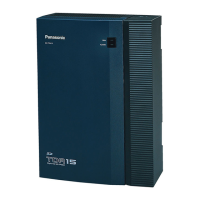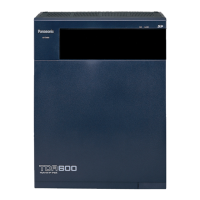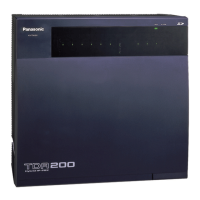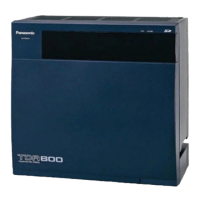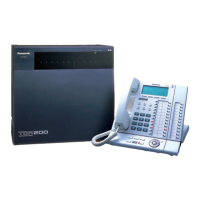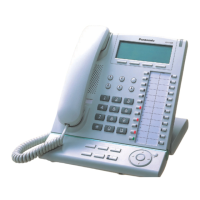1.25 Networking Features
Feature Guide 203
Explanation:
TIE-to-CO Line Call Blocked by External Call Block
Extension 1001 dials a number to make a TIE-to-CO line call.
1. The call is received at PBX-2 on CO line group 1, which has a COS of 3.
2. According to the TIE Line Routing and Modification Table of PBX-2 (not shown here), the
CO line call should be made using CO line group 3, however, this CO line group is set to
block COS 3 calls.
TIE-to-CO Line Call Restricted by TRS
Extension 1001 dials a number to make a TIE-to-CO line call.
1. The call is received at PBX-2 on CO line group 1, which has a COS of 3.
2. TRS programming for PBX-2 (not shown here) prohibits the call from being made based
on the COS of CO line group 1.
[Example of Bypassing TIE-to-CO Line Call Restrictions]
Explanation:
1. Extension 1001 dials a DISA floating extension number of PBX-2.
2. The DISA feature answers the call. From this point, if the COS assigned to the caller's
extension or verified code allows, the caller can use Walking COS or Verified Code Entry
to bypass the restrictions and make a CO line call.
d) TIE Line Call Routed to CO Line via FWD/Intercept Routing/Call Transfer
A TIE line call can be redirected to an outside party via FWD, Intercept Routing, or Call
Transfer.
[Example]
Dials a DISA floating
extension number of PBX-2
Outside Party
CO Line Grp. 1
(COS: 3)
CO Line
Grp. 3
Private Network
Extn. 1001
Telephone
Company
PBX-2PBX-1
DISA
Outside Party
1-212-555-1234
CO Line
Private Network
Extn. 1001 Extn. 2001
Telephone
Company
Dials "2001"
Extension
Numbering Plans
PBX-1: 1000-1999
PBX-2: 2000-2999
PBX-2PBX-1
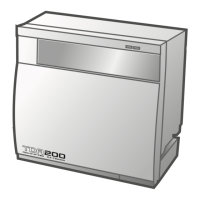
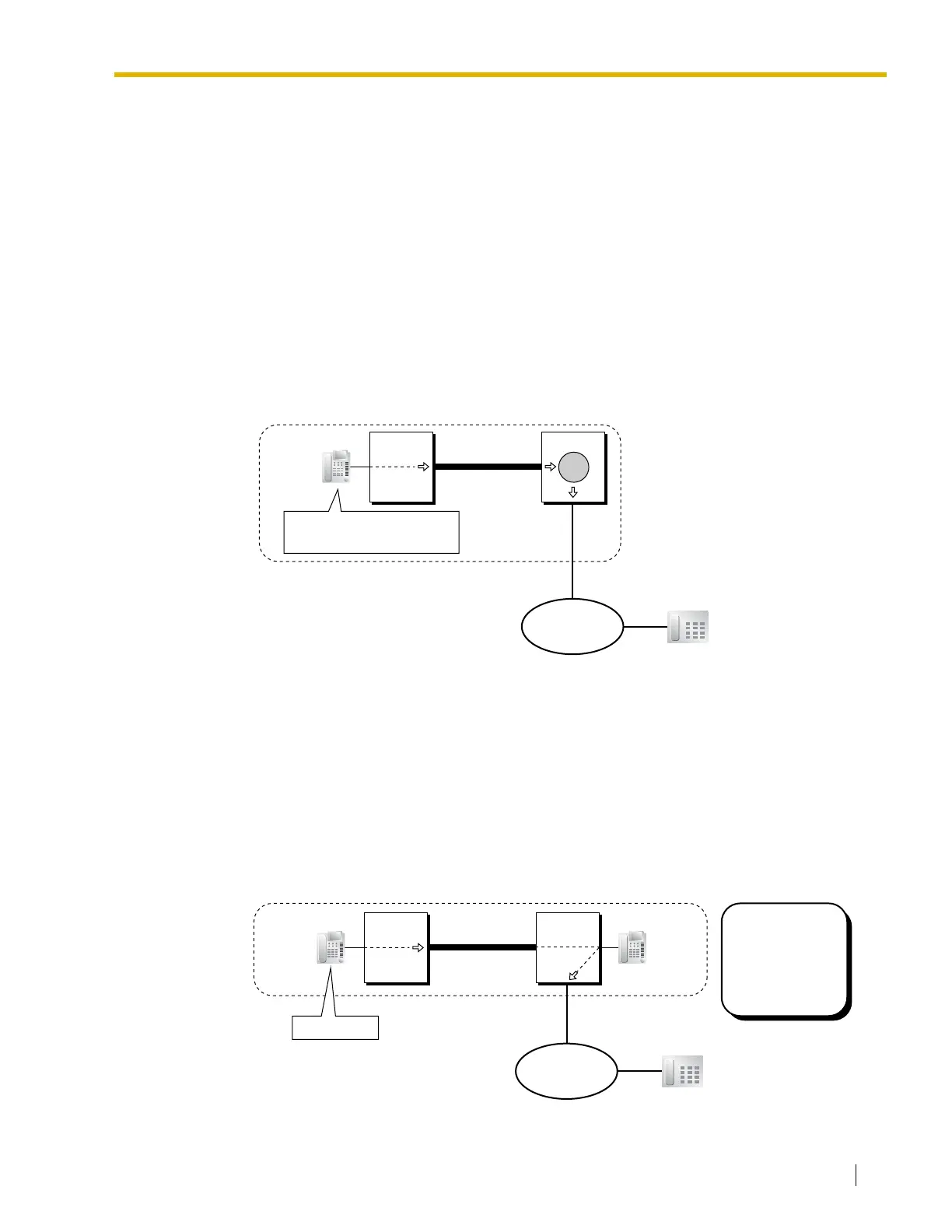